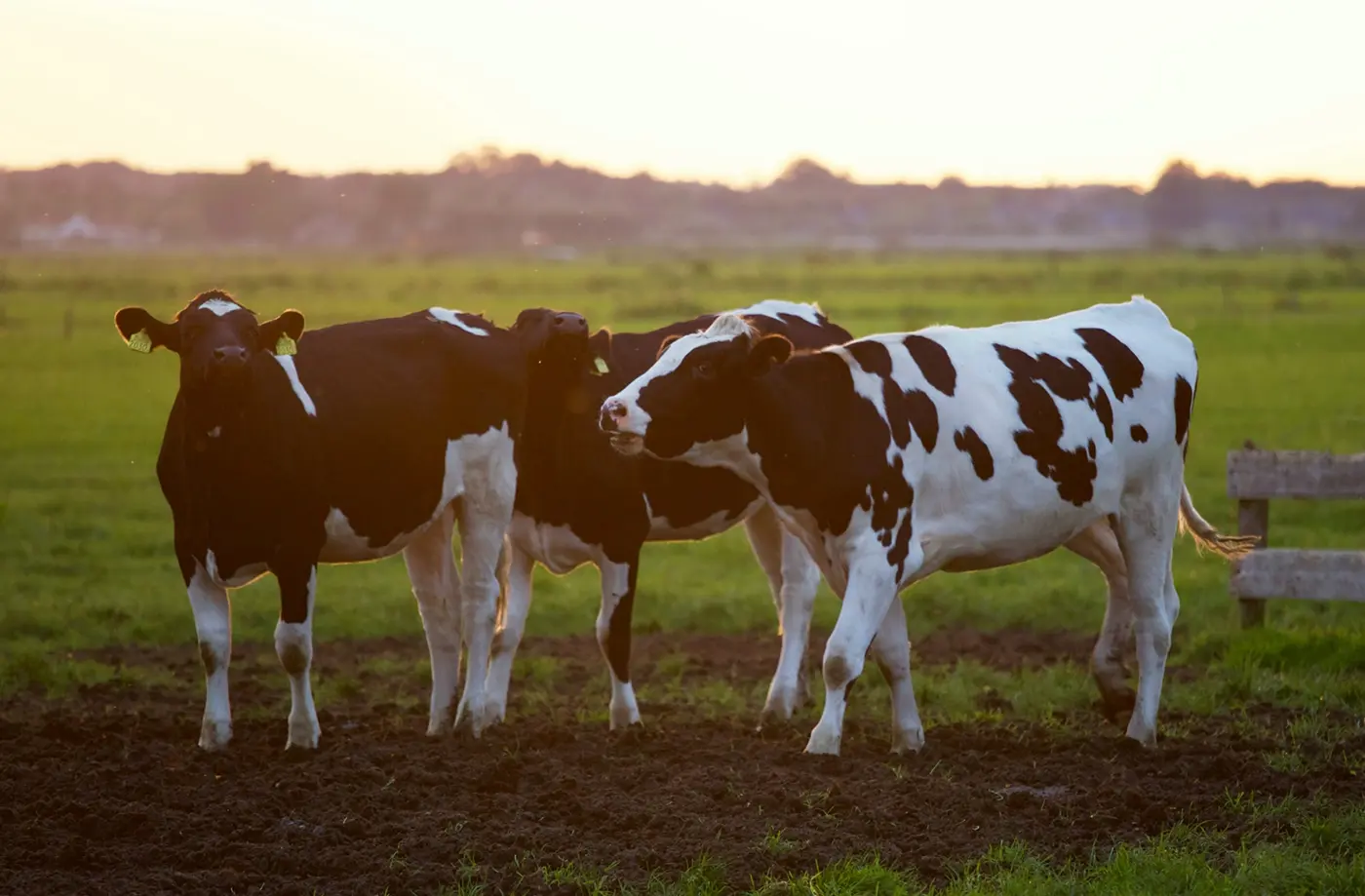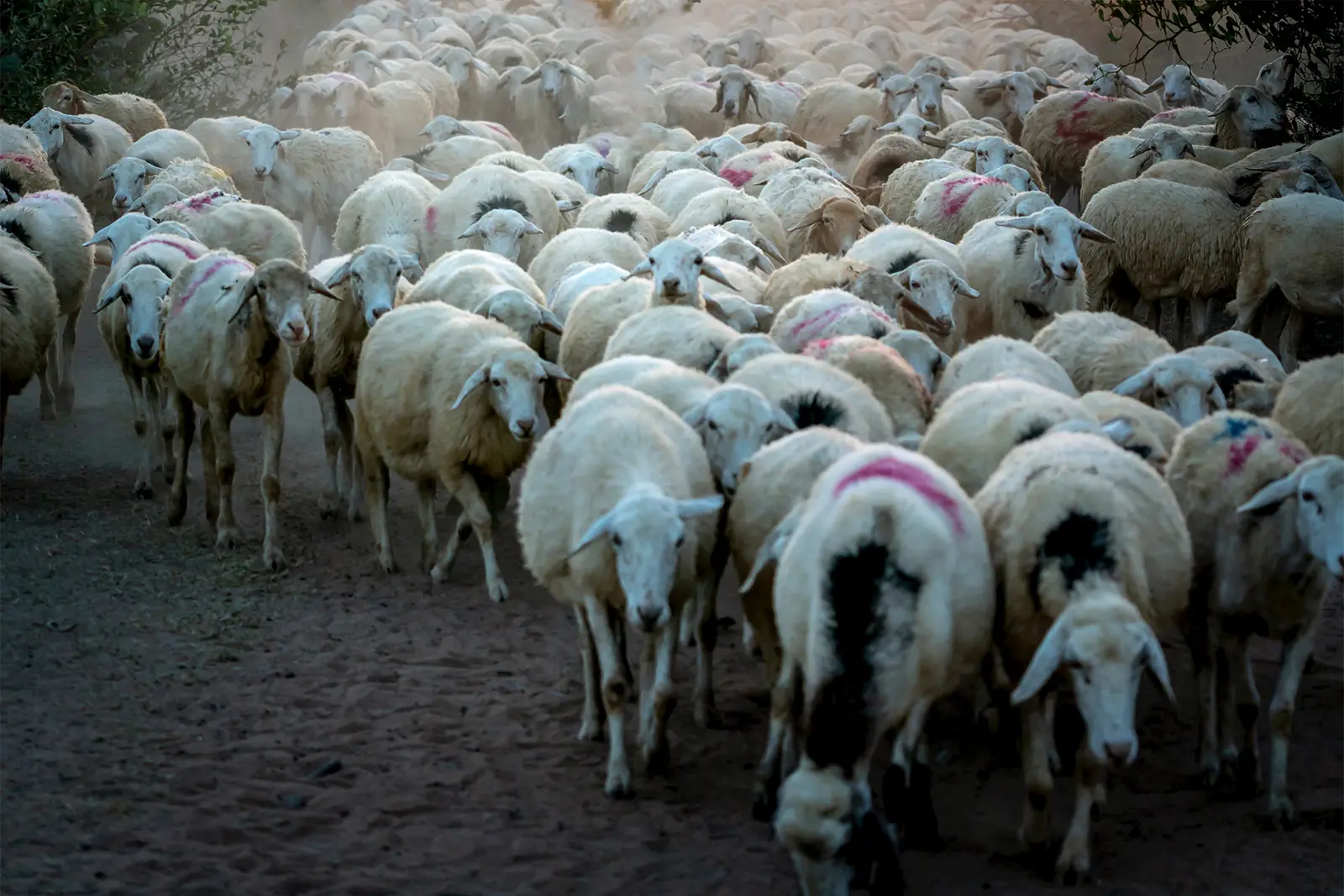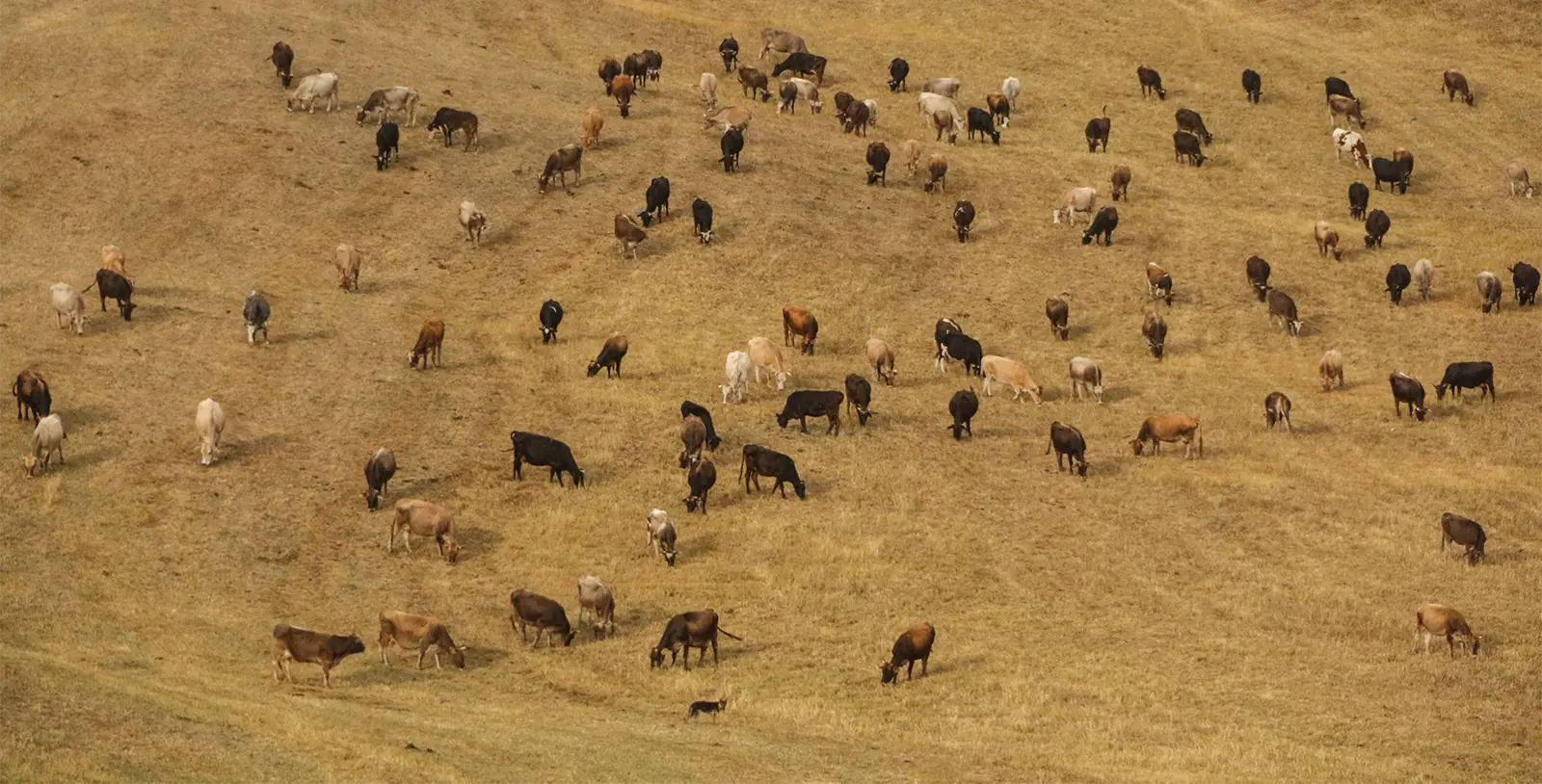The space on our planet is limited. As the world population grows, consumption will grow with it. This means that land usage for food requirements will also grow. On this page we will discuss land use on our planet through history, in the present and in the future. More information about this topic can be found in the second part of our research, ‘People want protein’.

The Earth’s surface consists of 71% salt water and 29% land surface. This 29% is called global land. 29% of global land is uninhabitable and unsuitable for any human purposes. These are surfaces like deserts, mountains, salt flats, beaches and glaciers. The total land mass that is usable for human purposes is 106 million square kilometers.

There are several ways that habitable can be used in. It can be undeveloped, urban, or used for livestock or crops.
Not all land that is usable is currently being used. Undeveloped land consists of forests, shrubs, grasslands and fresh water. It is technically possible to develop this land for agriculture or build it up into cities and infrastructure. However, undeveloped land has an important role to play in sustainability. Forests are the ‘lungs of the earth’, and these undeveloped regions are vital for biodiversity. Currently, a little less than half of all usable land is undeveloped.
Humans need space to live, go to school and work, travel and live their lives. About 1.5 million square kilometers is used as built-up urban areas like cities, towns, villages and roads. This is a little more that 1% of all habitable land.
We use about half of the habitable land on the earth for agriculture. This use can be divided in two categories: land use for crops, and land use for meat and dairy.
Crops are the plants that are grown for human consumption, like wheat, rice and corn. We use 11 million square kilometers for crops. This is excluding the plants we grow for animal feed.
The second category is land used for meat and dairy. We use 37 million square kilometers for livestock, including the land use for feed production. That is similar to the area of the entire Americas, North, Central and South America combined. This means we use by far the largest part of habitable land to produce meat and dairy.
There are two factors that determine how much meat and dairy is consumed worldwide: The amount of people and the living standard.
The first factor is quite simple: the more people there are, the more they will consume. We invite you to explore the third part of our research, ‘Too many, too much’, for more information about this.
The second factor in meat and dairy consumption is the living standard: the richer a country is, the more meat and dairy is consumed. As the living standard will increase in more countries, so will meat and dairy consumption.

Meat and dairy consumption are defined by world population and the world living standard. Both factors are expected to increase in the next decennia. That means world meat and dairy consumption will also increase significantly in the coming years. Too many people results in too much consumption. Not too many people results in not too much consumption. The answer to ‘Too many, too much’ is simple: Not too many, not too much.
© 2025 - World Population Limitation Movement | Website by Donkeys & Co.